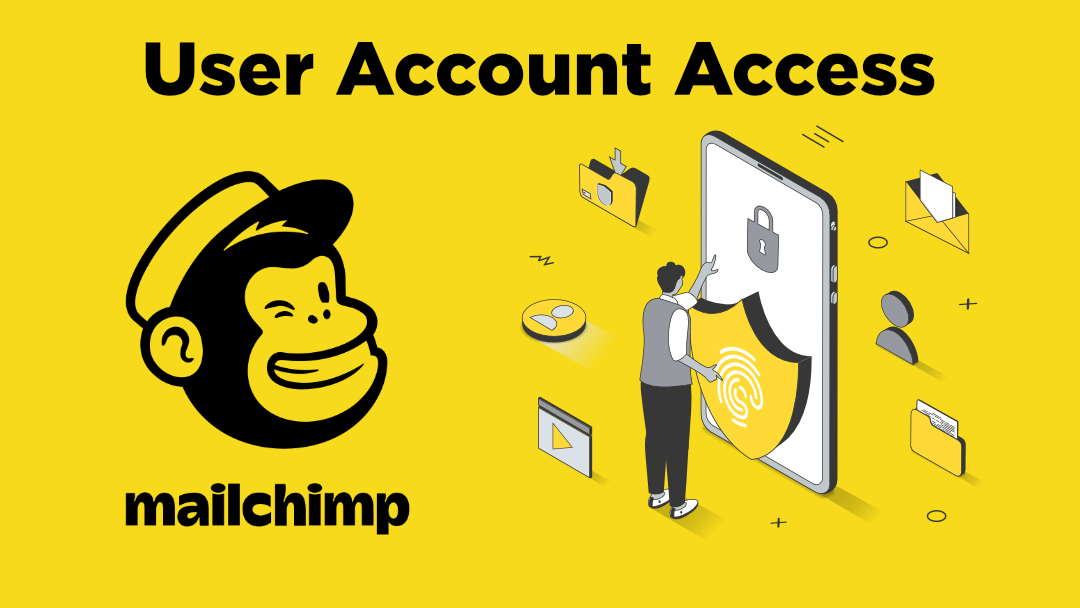5 Reasons Why You Shouldn’t Bother With Social Media
This may come as a shock but, what I’m about to lay out is very much true. Not everyone should be getting involved in social media. I’m not saying this to be mean, however I am going to shed some light for those who may be thinking of using social media in their business, but don’t really want to invest in doing it right.
Here at Design Theory, we use a LOT of social networks, apps, tools, and more to reach our audience. Through time we’ve learned what works for us, what to spend most time on for better feedback, and what networks may not be worth much effort for the target audience we want. How can you learn some of these things? A lot of trial and effort. If you’re not in it for the long haul, here are some reasons why you may not want to start.
You May Not Really Have Time
This is a classic and very human reason why not to get involved. You’re a business owner or freelancer. You’re already focusing on so much to get your business off the ground, legal paperwork, contracts, advertising. Though all of these can be helped or you can find help through social media, but we won’t go there right now. Thing is, it will eat up your day. When’s the last time you went on Facebook and spent less than 5 minutes on the site? Checking friends status updates, funny videos, wishing friends happy birthday. Well imagine spending about 10-15 minutes on at least 5 networks once or twice a day. Oh it adds up very quickly. Why do you need to spend that much time? Well because each network has users that are on it for a certain time. Finding the right time of day to post is crucial for your engagement. And you’ll also want to be available to respond whenever you get a tweet or post or message. Strike while the iron is hot to lead your visitors and followers back to your site to sell them on something.
You Think You Can Automate Everything
If there was one single app or service that could take what you’re thinking and edit it down to 140 characters, or create a cool viral video that gets shared among millions instantly, I’d be rich because I would develop it. So no one stop shop maybe, but there are social media agencies all around that if you spend time with them and allow them to get to know you and your business they’d be able to be effective at this for you and your brand. But that would cost some serious money to be done right. I don’t want you to fall for the social apps that let you post everywhere at once with the same message. Think about it; the people who follow you on Pinterest want to see pictures and video and not much text. Twitter followers are going to be looking at what you type, maybe a link to find more info or download something for free (and that’s if they see your tweet among the hundreds in their timeline). We all know Facebook posts that have pictures and video get much more attention than just text-only posts. And the biggest issue, what time you post to what network.
You Think It’s All About You
Unless you’re an already established brand, people aren’t going to be super interested in just you or your business. This interest is something you’ll have to sow, water, and grow (if you get what I mean). Chances are there are already known name brands that dominate your industry that your audience is quite familiar with. Its going to be an up hill battle for you to break in and make a name for yourself. Having a good client/customer base will be crucial at the beginning, and making them your “superfans” will be just as crucial to your social engagement. Your potential audience is going to be interested more in what you can do for them (free first then paid) than about who you actually are at first. Spend more time offering great tips and help on your industry and services and less time trying to sell directly.
You Just Want To Sell, Sell, Sell
Speaking of selling, don’t even bother. Well unless you have a hot product that people absolutely love and you’re having a tough time keeping them in stock, try not to start into social media with an “I must sell” agenda. Most people using social media networks have figured out how to ignore or parse ads from their normal view. Facebook realized this, and they’ve moved to incorporating sponsored and suggested posts in the mix of your news feed. Why? Because they noticed how people were totally ignoring the right side of their Facebook screen because that’s where the ads always were everywhere they go on Facebook. Try to talk more about differences in available products, why your products are actually better than the leading competition, ways your products may save money or time, and how your products or services actually are awesome.
You Anticipate Huge Results Immediately
If you’re thinking that for every tweet you’re going to get 20 new followers, or for every new Facebook post you’re going to have 10 reply comments, or for each board you create on Pinterest you’re going to get 50 new re-pins and followers, or each video you post on YouTube will go viral in a few hours, please walk away now. It doesn’t work that way. There’s no secret formula to what actually becomes viral. And results like that are quite seldom. Even for those that are able to go viral, its more rare for them to do it again. It is going to take some time to develop your audience and following. Regardless of what network it is. I have 500+ connections on Linked In, but I don’t get 500+ likes to ever single discussion I post. It takes genuine content, posted at the opportune times when engagement is most likely for each individual network. And yes social media can be tracked, but no you’re probably not going to get two dollars for every dollar you invest in it.
Agree with me or disagree, I’d still like to hear your thoughts. Lets discuss in the comments below.
Image Credit: GraphicsFuel (download them for free!)















